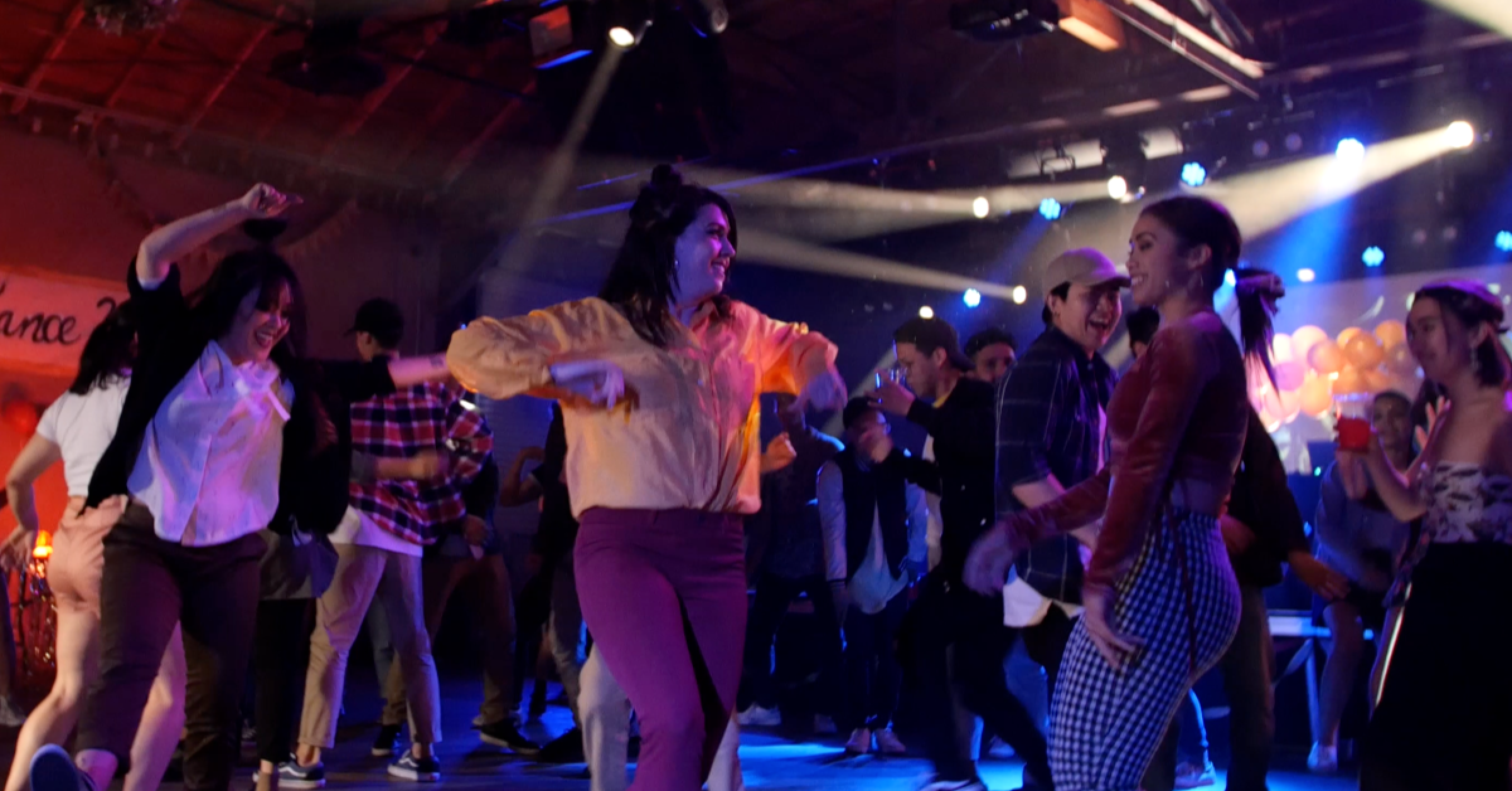Are you looking for a fun and effective way to stay fit and active? Look no further than dancing! Not only is dancing a great way to express yourself and enjoy music, but it also offers a wide range of physical benefits. Dancing is not just a form of entertainment, but a fantastic exercise that can improve your overall health and well-being. So let’s find out the health benefits of dancing as exercise.
Contents
Is Dancing Good Exercise?

Absolutely, dancing is a highly effective and enjoyable form of exercise with numerous health benefits. Beyond its aesthetic and cultural appeal, dancing engages various muscle groups, improves cardiovascular fitness, and enhances flexibility. The rhythmic movements involved in dancing contribute to calorie burning, making it an effective way to manage weight.
Moreover, the coordination and balance required in dance routines promote cognitive function and overall mental well-being. Whether it’s the structured sequences of ballroom or the free-spirited movements of hip-hop, dancing offers a versatile and entertaining avenue for individuals to stay active and maintain a healthy lifestyle.
Benefits of Dancing as Exercise:
Dancing offers a plethora of benefits that make it an ideal form of exercise for your overall health and well-being. As a fitness trainer with years of experience, I can confidently say that dancing is a fantastic way to stay fit and active. Here are some of the incredible benefits that dancing has to offer:
1. Full-body workout: Dancing engages your entire body, providing a comprehensive workout. Whether you’re doing the tango, rumba, chacha, or waltz, every dance move requires you to move, jump, twirl, and hold positions. This combination of movements provides both aerobic and anaerobic exercise, making it an incredible cardiovascular workout that also improves your core strength, balance, and flexibility.
2. Cardiovascular health: Just like other cardio activities, dancing helps improve your cardiovascular health. According to the Department of Health and Human Services, engaging in activities like dancing can help you meet the recommended guidelines of 150 to 300 minutes of moderate-intensity exercise per week.
3. Muscle strength and toning: Dancing involves a wide range of movements that target various muscle groups in your body. From graceful arm movements to powerful leg kicks, dancing helps tone and strengthen your muscles, resulting in improved overall strength and definition.
4. Improved balance and coordination: Dancing requires precision, rhythm, and coordination. As you learn and practice different dance steps, you gradually improve your balance and coordination skills. These benefits extend beyond the dance floor and can be applied to everyday activities, reducing the risk of falls and improving overall movement control.
5. Mental well-being: Dancing is not just a physical activity; it’s also a great way to boost your mental well-being. Moving your body to the rhythm of music releases endorphins, which are natural mood enhancers. It can reduce stress, anxiety, and symptoms of depression, leaving you feeling more energized and uplifted.
6. Social interaction: Participating in dance classes or joining dance groups provides a wonderful opportunity to connect with others who share your passion for dancing. Building social connections and friendships can contribute to your overall happiness and sense of belonging.
Different Styles of Dance for Exercise:

When it comes to dancing for exercise, there are countless styles to choose from. Whether you prefer the elegance of ballroom dancing or the energy of hip-hop, there’s something for everyone. Here are some popular dance styles that can help you get a great workout:
- Salsa: This vibrant Latin dance style combines quick footwork with rhythmic hip movements. It’s a high-energy dance that can provide a fun cardiovascular workout.
- Flamenco: Originating from Spain, Flamenco is known for its passionate movements and expressive footwork. This traditional dance form can help improve coordination and strengthen leg muscles.
- Ballroom: If you have a love for elegance and grace, ballroom dancing might be the perfect option for you. From the smooth moves of the waltz to the energetic tango, ballroom dancing offers a full-body workout while improving balance and flexibility.
- Hip-hop: Known for its urban style and high-energy moves, hip-hop dance is not only a great way to express yourself but also a fantastic cardio workout. It can help improve endurance, coordination, and core strength.
- Jazz: Combining elements of ballet and modern dance, jazz dancing is all about rhythm and individual expression. It’s a great way to improve flexibility, strengthen muscles, and boost cardiovascular fitness.

Frequently Asked Questions:
Is dancing a good workout to lose weight?
Dancing is an excellent way to exercise, burn calories, and lose weight. It can also improve muscle strength, flexibility, balance, blood flow, sleep, and mental well-being. Dancing offers a fun and creative approach to fitness while reducing stress and the risk of chronic conditions like diabetes and heart disease.
Why is dancing better than exercising?
Dancing not only provides the benefits of regular exercise but also promotes spatial intelligence, physical expression, and imagination. Certain types of dance can even improve posture and musculoskeletal fitness.
How many times a week should I dance?
Starting with a couple of hours, 3 or 4 times a week is a good way to develop coordination and learn the basic principles of each dance. Gradually increase the frequency as you progress.

Hello, I’m Ravindra. Over the years, I’ve immersed myself deeply into the world of fitness and health, transforming both my body and mind. Writing has allowed me to share my journey, insights, and expertise with those just starting out and seasoned fitness enthusiasts alike. Beyond just routines and diets, I believe in inspiring others to adopt a holistic approach to well-being.
